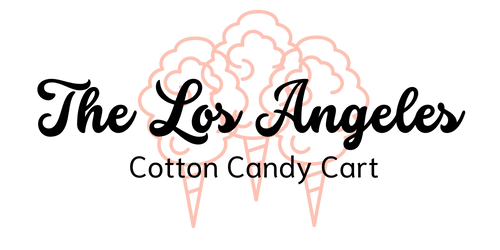The Sweet Divide: Cotton Candy vs. Fairy Floss
In the realm of sugary treats, few confections ignite as much nostalgia and joy as the ethereal strands of spun sugar, known across the globe under various enchanting names. Among these, "cotton candy" in the United States and "fairy floss" in Australia are perhaps the most whimsically titled. Though they may seem as different as night and day at first mention, the truth is, these delightful treats are one and the same, albeit with a rich history that explains their different nomenclatures.
A Tale of Two Names: Origins and Evolution
The story of this sugary delicacy begins in the late 19th century, a period marked by rapid innovation and a sweet tooth for discovery. In 1897, William Morrison, a dentist, and John C. Wharton, a confectioner, collaborated to invent a machine that melted sugar and spun it into airy strands using centrifugal force. By 1904, they introduced their invention to the masses at the St. Louis World's Fair, branding it as "fairy floss." The name itself conjures images of magical, ethereal strands, light and delicate as if spun by fairies themselves.
However, as the treat crossed oceans and found its way into the hearts of Australians, the name fairy floss stuck, capturing the imaginations of those down under. The whimsical nature of the name fits perfectly with the Australian penchant for playful and endearing slang, making "fairy floss" a term of affection for this beloved treat.
On the other side of the globe, the United States adopted the name "cotton candy" in the 1920s, a term that evokes the soft, fluffy texture of cotton. This name change coincided with the invention of a more automated version of the cotton candy machine by Joseph Lascaux in Louisiana. The new name, cotton candy, spread as quickly as the treat itself, becoming a staple at fairs, carnivals, and baseball games across the country.
The Sweetness That Binds: More Alike Than Different
Despite the different names, fairy floss and cotton candy are identical in composition and creation. Both are made from granulated sugar, with optional food coloring or flavoring added to create a variety of hues and tastes. The sugar is heated until it liquefies, then spun at high speed through tiny holes, where it cools and re-solidifies into thin, air-filled threads. When gathered together, these threads create a texture so light and fluffy it seems to melt in your mouth, a sensation that has delighted sweet tooths for over a century.
Cultural Sweet Spots: Why Names Matter
The differing names for this sugary treat highlight the fascinating ways in which food can serve as a cultural identifier. In Australia, the term fairy floss conjures a sense of whimsy and magic, fitting seamlessly into a culture that cherishes its unique slang and colloquial terms. Meanwhile, in the United States, the practical, descriptive nature of the name cotton candy reflects a straightforward approach to naming, emphasizing the treat's texture and appearance reminiscent of cotton.
These names also reveal how the same food can be integrated into different cultures, taking on unique identities that reflect local tastes, languages, and sensibilities. It's a testament to the universal appeal of this simple confection that it has found a home across the world, adapting to local cultures while maintaining its essence.
The Verdict: A Shared Sweetness
At the end of the day, whether you call it fairy floss or cotton candy, this confection remains a beloved treat that transcends cultures and generations. Its ability to evoke childhood memories and bring joy to people of all ages is unmatched. The next time you find yourself savoring its sweet, delicate strands, take a moment to appreciate the rich history and cultural journey that has led to its creation.
In the world of sweets, fairy floss and cotton candy stand as a delicious reminder that no matter what we call it, the joy it brings is universal. So, whether you're at a county fair in the United States, enjoying a stick of cotton candy, or at a cricket match in Australia, delighting in some fairy floss, remember that these treats are a testament to the shared pleasures that connect us all.
